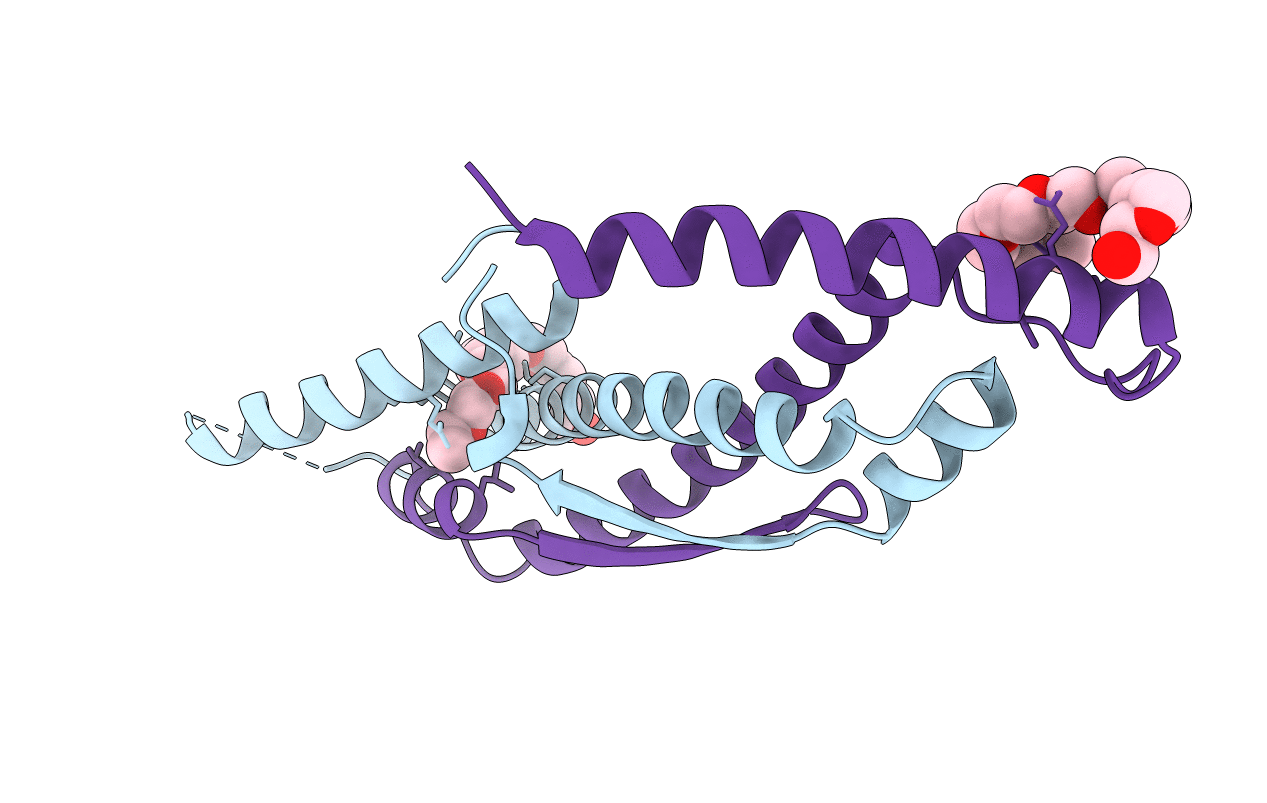
Deposition Date
2006-12-14
Release Date
2007-01-30
Last Version Date
2024-11-06
Entry Detail
PDB ID:
2OA5
Keywords:
Title:
Crystal structure of ORF52 from Murid herpesvirus (MUHV-4) (Murine gammaherpesvirus 68) at 2.1 A resolution. Northeast Structural Genomics Consortium target MHR28B.
Biological Source:
Source Organism:
Murid herpesvirus 4 (Taxon ID: 33708)
Host Organism:
Method Details:
Experimental Method:
Resolution:
2.10 Å
R-Value Free:
0.24
R-Value Work:
0.21
R-Value Observed:
0.21
Space Group:
C 1 2 1


